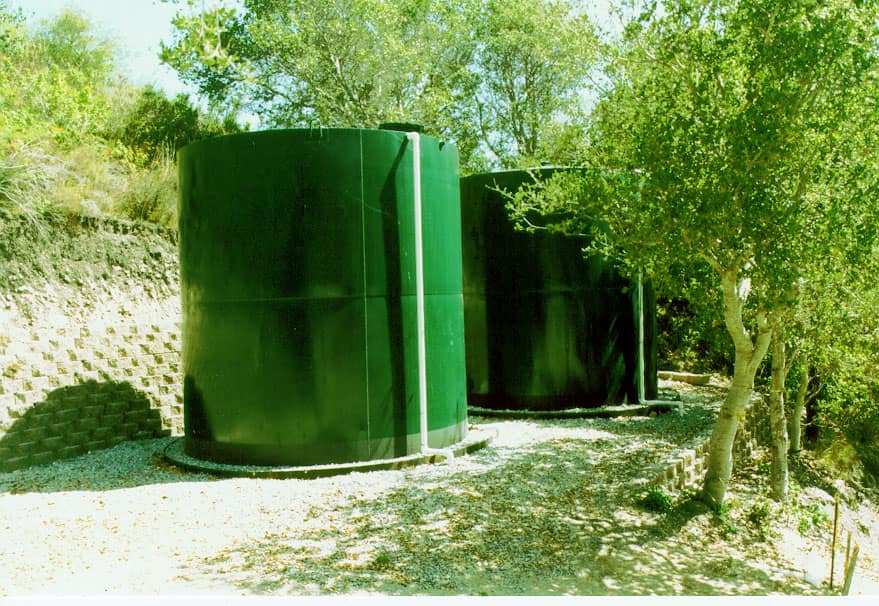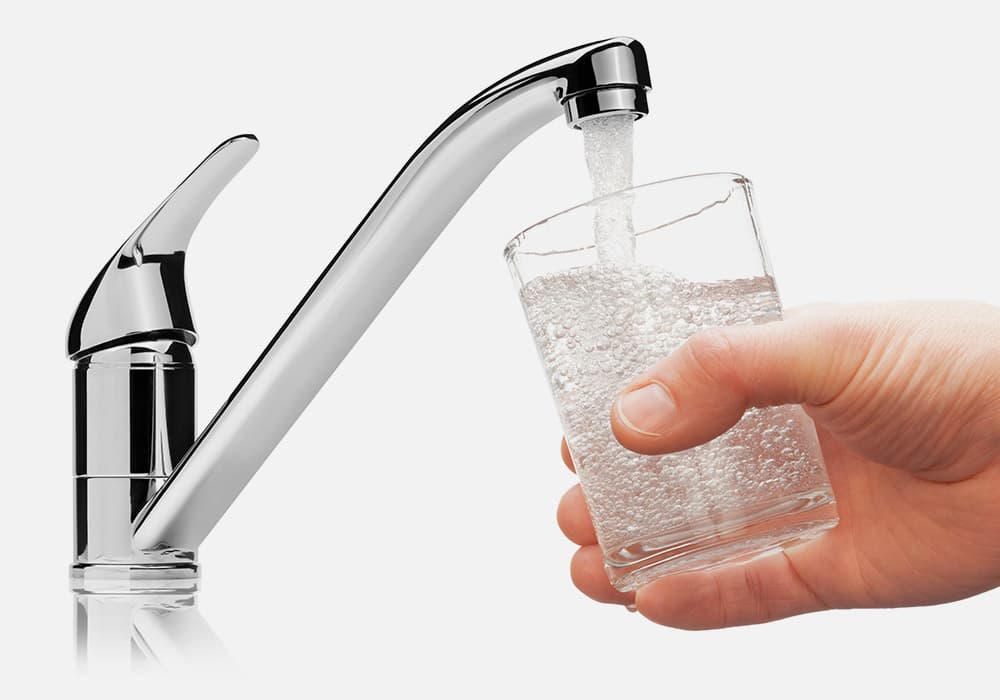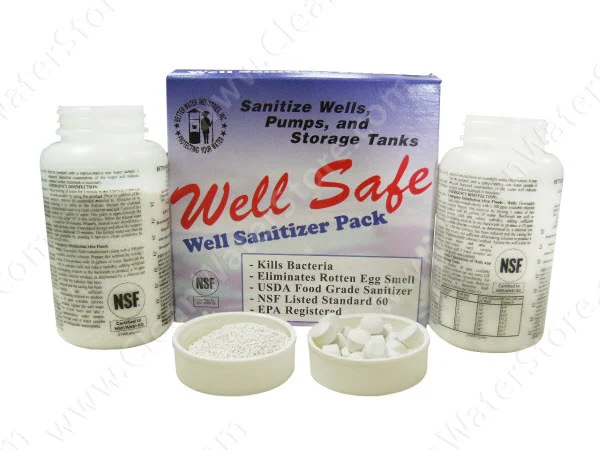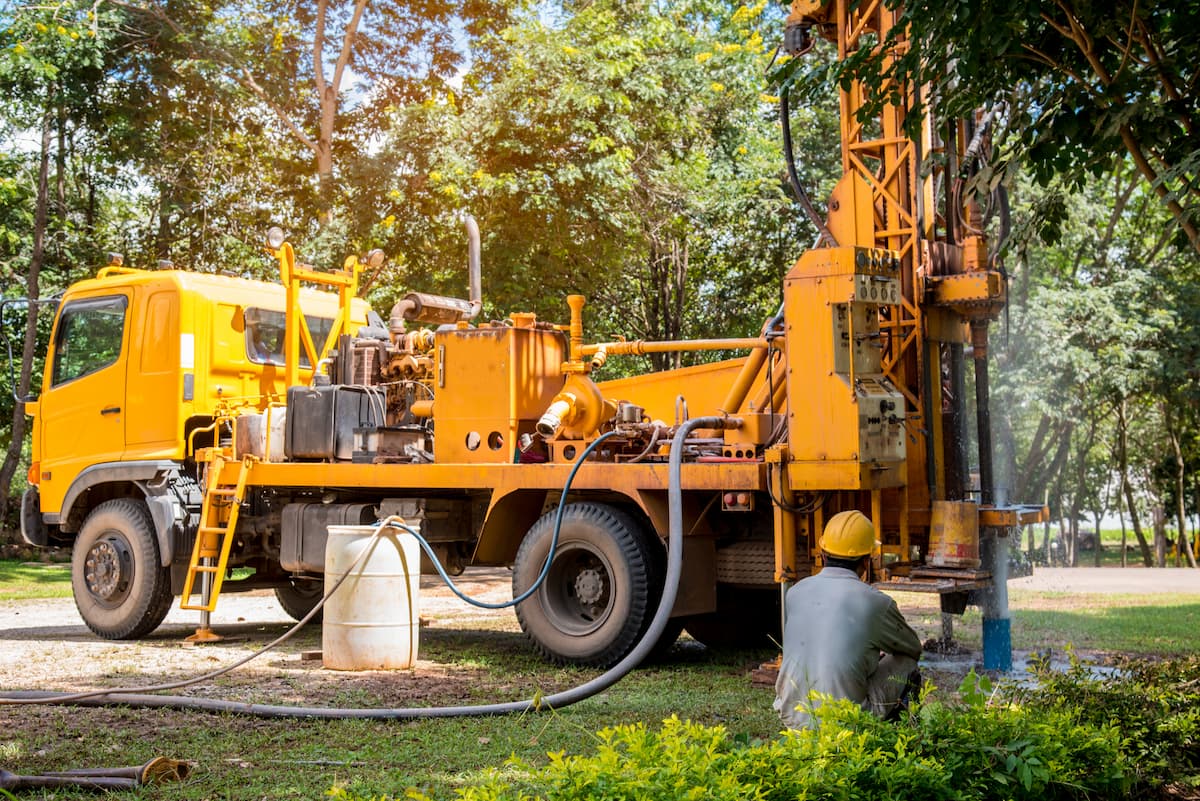Pool Water Treatment
CDC Study Highlights Fecal Contamination in Public Pools
The Centers for Disease Control and Prevention (CDC) conducted a nationwide study on public pool hygiene and uncovered a serious concern: many public pools contain fecal contamination introduced by swimmers themselves. As part of the investigation, researchers collected water samples from public pool filters during the swimming season and analyzed them for microbial presence.
The findings were eye-opening—58% of tested pool filter samples contained Escherichia coli (E. coli), a type of fecal coliform bacteria typically found in the intestines of humans and animals. According to the CDC, the presence of E. coli is a clear indicator of fecal matter entering the pool, often due to poor hygiene practices among swimmers. Source: CDC Study – Microbes in Pool Filter Backwash
E. coli contamination in swimming environments signals potential health risks, including gastrointestinal illness, skin infections, and more. It also highlights the importance of maintaining proper pool water treatment and encouraging responsible swimmer behavior.
To reduce the spread of recreational water illnesses (RWIs), the CDC offers the following guidance for swimmers:
- Don’t swim while experiencing diarrhea.
- Shower with soap before entering the water.
- Rinse off again before re-entering the pool.
- Take regular bathroom breaks (every 60 minutes).
- Wash your hands with soap after using the toilet or changing diapers.
- Test chlorine levels (1–3 ppm) and pH (7.2–7.8) before swimming.
- Avoid swallowing pool water.
Additional tips for parents of young children:
- Take children for bathroom breaks every hour and check diapers regularly.
- Always change diapers in designated changing areas—not poolside.
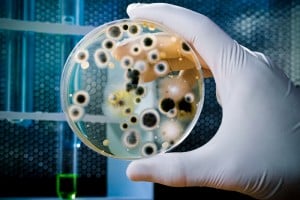
Coliform Bacteria and Well Water for Swimming Pools
E. coli comes from human and animal wastes. During rainfalls, snow melts, or other types of precipitation, E. coli may be washed into creeks, rivers, streams, lakes, or groundwater. When these waters are used as sources of drinking water and the water is not treated or inadequately treated, E. coli may end up in drinking water. Other types of bacteria can be found in well water, such as slime and odor-producing iron and sulfur bacteria.
If you draw water from a private well and your well tests positive for E. coli, there are several steps that you should take, both for home use and pool use:
- Boil all water intended for consumption,
- Disinfect the well thoroughly with chlorine
- Monitor your water quality to make certain that the problem does not recur.
If the water you use to fill your pool is from a private well, be sure to have it tested for coliform bacteria before using it. Chlorination will kill this bacteria, provided the pH is not too high and the chlorine concentration is adequate. For chlorine to be effective, make sure there is 1–3 PPM and the pH is not greater than 7.8. Higher levels of pH make chlorine ineffective.
Introduction to Pool Maintenance
Maintaining a swimming pool requires regular attention to ensure the water remains clean, clear, and safe for swimmers. The proper water balance is crucial for ensuring the effectiveness of pool chemicals and the overall safety of the pool water. It involves a combination of chemical treatments, filtration, and cleaning to maintain balanced water chemistry and prevent the growth of bacteria, algae, and other microorganisms. A well-maintained pool not only provides a healthy and enjoyable swimming experience but also helps to prevent pool problems and extend the lifespan of pool equipment.
Regular pool maintenance tasks include testing and balancing water chemistry, cleaning the pool and its surroundings, and monitoring chlorine levels to kill bacteria and prevent algae growth. Pool owners can use a variety of pool chemicals, including chlorine, bromine, and phosphate removers, to maintain a clean and safe swimming pool environment. It’s essential to follow the manufacturer's directions when using pool chemicals to avoid chemical imbalance and ensure effective treatment.
Sanitizing Pool Water with Chemicals
Sanitizing pool water with chemicals is a crucial step in maintaining a clean and safe swimming pool environment. Chlorine is one of the most popular pool chemicals used for this purpose, as it effectively kills bacteria and other microorganisms that can cause pool problems. Chlorine works by breaking down the cell walls of harmful pathogens, ensuring that the pool water remains safe for swimmers.
Bromine is another chemical used to sanitize pool water, and it is often preferred by pool owners who are sensitive to chlorine. Bromine is effective in a wider range of pH levels and remains stable in higher temperatures, making it an excellent choice for indoor pools or spas.
Granular chlorine and calcium hypochlorite are two common types of pool chemicals used to sanitize pool water. Granular chlorine is easy to use and dissolves quickly, while calcium hypochlorite is a powerful oxidizer that helps to maintain water clarity and prevent algae growth.
When using chemicals to sanitize pool water, it’s essential to follow the manufacturer’s directions and take necessary safety precautions to avoid accidents. Regular testing of pool water chemistry is necessary to ensure that the chemicals are working effectively and that the water is safe for swimmers. Pool chemicals can be used in conjunction with other pool maintenance products, such as phosphate removers and algae preventers, to keep the pool water clean and clear.
By sanitizing pool water with chemicals, pool owners can help prevent the growth of algae and bacteria, which can cause a range of problems, including cloudy water and equipment damage. Proper chemical maintenance ensures a safe and enjoyable swimming experience for all.
Shocking the Pool
Shocking the pool is a process of adding a high dose of chlorine or another oxidizing agent to the pool water to remove built-up contaminants and restore the water’s clarity and safety. Pool shock treatments are essential for treating a range of pool problems, including algae blooms and cloudy water.
There are different types of pool shock treatments available, including chlorine-based and non-chlorine-based products. Chlorine-based shocks, such as calcium hypochlorite, are highly effective at killing bacteria and algae. Non-chlorine shocks, on the other hand, use oxidizing agents like potassium monopersulfate to break down contaminants without raising chlorine levels.
When shocking the pool, it’s essential to follow the manufacturer’s instructions and take necessary safety precautions to avoid accidents. Shocking the pool can help to remove combined chlorine molecules, which can cause eye irritation and other health problems. This process, known as super chlorination, ensures that the pool water remains clear and safe for swimmers.
Regular shocking of the pool can help to maintain the water’s clarity and safety, and prevent the growth of algae and bacteria. Pool owners can use a test kit to determine the best time to shock the pool and to ensure that the water is safe for swimmers. By shocking the pool regularly, pool owners can help to maintain a clean and safe swimming pool environment and prevent a range of pool problems.
Alternative Sanitation Methods
Alternative sanitation methods, such as salt water and ozone systems, offer a healthier and more natural approach to swimming pool sanitation. Salt water systems use a salt water chlorine generator to produce chlorine, reducing the need for harsh chemicals and minimizing the risk of skin and eye irritation. The active ingredient in chlorine interacts with contaminants to ensure effective sanitation. Ozone systems, on the other hand, use ozone to sanitize the pool water, providing a powerful and effective way to kill bacteria and other microorganisms.
These alternative sanitation methods can help to reduce the amount of chlorine required to maintain a clean and safe pool, making them a popular choice for pool owners who prioritize their health and the environment. Additionally, alternative sanitation methods can help to prevent algae growth and reduce the need for frequent shock treatments, making pool maintenance easier and more efficient. An automatic chlorinator can be used to distribute chlorine evenly throughout the pool, ensuring consistent sanitation.
Pool owners can also consider using mineral-based sanitizers, which use natural minerals to sanitize the pool water and provide a gentler alternative to traditional chlorine-based systems. Granular chlorine and calcium hypochlorite are two common types of pool chemicals used for regular sanitation and shock treatment.
When choosing an alternative sanitation method, it’s essential to consider factors such as cost, maintenance requirements, and compatibility with existing pool equipment. Chlorine interacts with oxygen to form hypochlorite, which is a powerful disinfectant that helps maintain pool water quality. By exploring alternative sanitation methods, pool owners can find a solution that meets their needs and provides a safe and enjoyable swimming experience.
Pool Filtration
Pool filtration is a critical component of pool maintenance, as it helps to remove dirt, debris, and other contaminants from the pool water. There are several types of pool filters available, including cartridge filters, sand filters, and diatomaceous earth (DE) filters, each with its own unique characteristics and benefits. Using a filter aid can enhance the effectiveness of your pool filter by trapping fine particles and improving water clarity.
Cartridge filters are a popular choice for pool owners, as they are easy to clean and maintain, and provide effective filtration of pool water. Sand filters, on the other hand, use sand to filter the pool water and are often used in conjunction with a cartridge filter to provide additional filtration. DE filters use diatomaceous earth to filter the pool water, and are known for their high efficiency and ability to remove even the smallest particles. It’s important to handle and store certain substances used in pool maintenance safely to prevent accidents and ensure water quality.
Regular maintenance of pool filters is essential to ensure they continue to function effectively and provide clean and safe pool water. This includes cleaning and replacing filter cartridges, backwashing sand filters, and monitoring filter pressure to ensure optimal performance. By choosing the right pool filter and maintaining it properly, pool owners can enjoy clean and clear pool water and reduce the risk of pool problems.
Water Chemistry and Balance
Water chemistry and balance are critical components of pool maintenance, as they can affect the safety and clarity of the pool water. The ideal pH level for pool water is between 7.2 and 7.8, and the total alkalinity should be between 80 and 120 parts per million. Maintaining these levels ensures that the pool water is comfortable for swimmers and that the pool chemicals work effectively.
Calcium hardness is another important factor in pool water chemistry, and it should be maintained at a level of between 200 and 400 parts per million. Proper calcium hardness levels help to prevent corrosion of pool surfaces and equipment, as well as scaling, which can damage the pool.
Cyanuric acid is a stabilizer that helps to protect the chlorine in the pool water from the sun’s ultraviolet rays. By preventing chlorine degradation, cyanuric acid ensures that the chlorine remains effective for longer periods, reducing the need for frequent chemical additions.
Regular testing of the pool water chemistry is necessary to ensure that the water is safe for swimmers and that the chemicals are working effectively. Pool owners can use a range of products, including pH adjusters and alkalinity increasers, to maintain the water’s chemistry and balance. By maintaining the proper water chemistry and balance, pool owners can help to prevent a range of pool problems, including algae growth and equipment damage.
Pool Safety and Precautions
Pool safety and precautions are essential to ensure a safe and enjoyable swimming experience for all users. Pool owners must take steps to prevent accidents and injuries, such as installing a fence or barrier around the pool and ensuring that all users are aware of the pool rules and safety guidelines. It’s also essential to supervise children and inexperienced swimmers when they are using the pool, and to ensure that all users are aware of the location of the pool equipment and emergency exits.
Pool owners can also take steps to prevent slip and fall accidents by ensuring the pool deck is clean and clear of obstacles and by using non-slip coatings or mats in areas around the pool. Regular maintenance and inspection of the pool and its equipment can help identify potential safety hazards and prevent accidents. Pool owners should also be aware of the potential risks associated with pool chemicals and take steps to handle and store them safely. Proper storage of pool chemicals is essential to prevent accidents and ensure their effectiveness.
Coliform home testing is here. For more information on testing your pool water or well water for coliform, click here.



